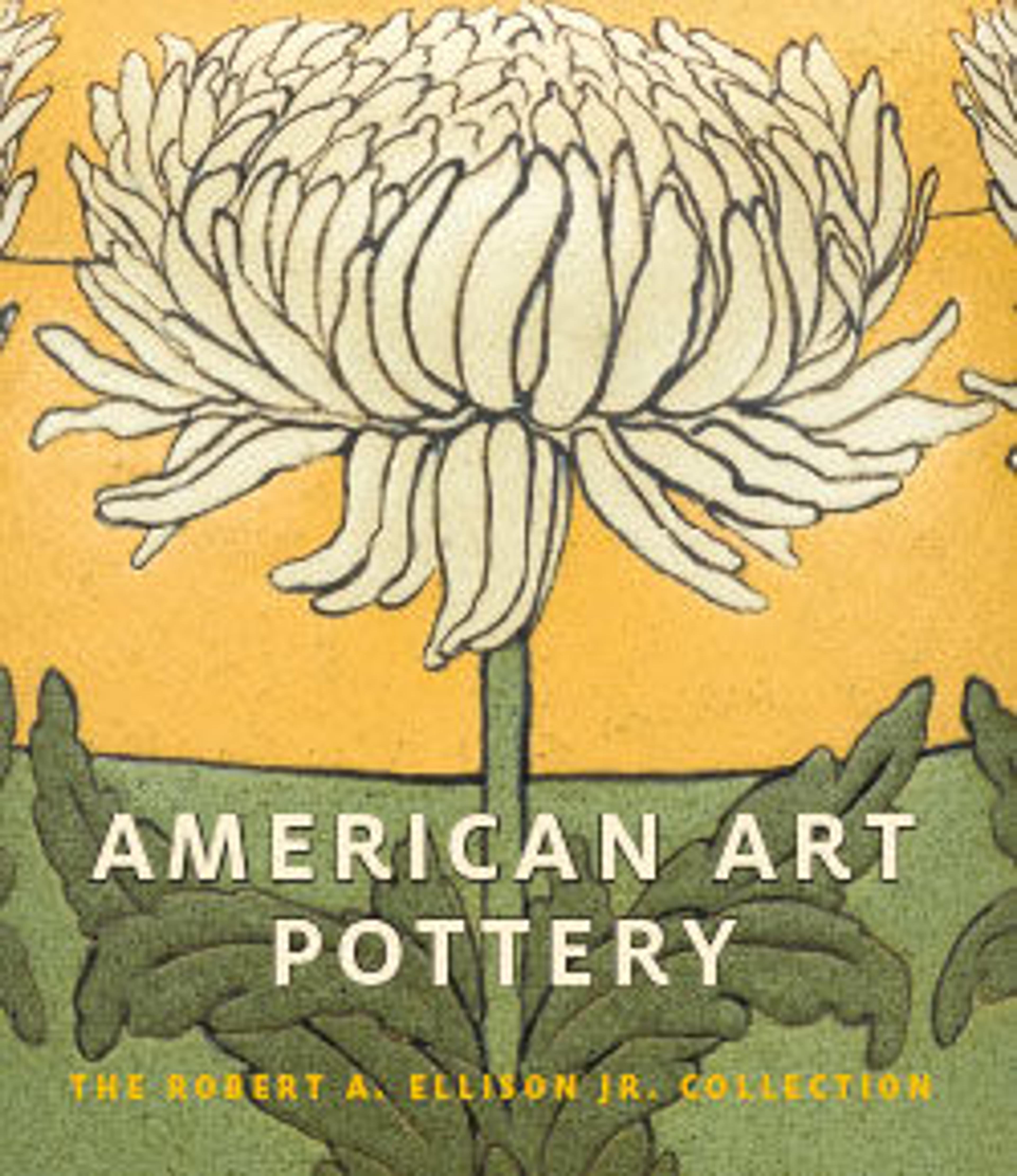Vase
Although English by birth and training, Frederick Hurten Rhead was one of America’s leading ceramists at the turn of the twentieth century. He was a potter, designer, decorator, teacher, and author, and as such, his influence was far-reaching. Rhead’s varied career extended across the nation, and included positions not only at large, commercial establishments, but also at small art potteries, educational facilities, and institutions where pottery was used as therapy. He explored many of the major techniques of decoration employed at the turn of the century, and he also adopted the use of matte and crystalline glazes. Rhead’s work reflected a strong debt to his and his family’s training in Britain, and embraced the English Arts and Crafts as well as Art Nouveau styles and, ultimately, in the latter part of his career, Art Deco.
In 1909 Rhead accepted an invitation to help establish a school of ceramic art from Edward G. Lewis at Lewis’s visionary educational project at University City, outside of St. Louis, Missouri. He was joined there by other ceramic luminaries, notably Taxile Doat from Sèvres, and Adelaide Alsop Robineau and her husband from Syracuse. As short-lived as the University City enterprise would be, it was nonetheless a period of intense and successful work for all of the ceramic artists who participated in it. Rhead created this landscape vase during this brief but extraordinarily fertile period. Jointly executed with his wife Agnes, the landscape is remarkably abstract. The foliage, appears to be bubble-like forms that merge together to form a solid mass. Such abstraction extends to the rest of the vase. One may not even recognize the simplified swans in a pool of water or the amoeboid patches of sunlight in the foreground. The whole composition is shockingly modern, conjuring up the cut-out designs of Henri Matisse. Even the non-local colors of the vase—bright pink tree trunks, chartreuse forms in the foreground, and bright white—convey a modernist sensibility. Although Rhead is not generally discussed in relationship to Arthur Wesley Dow and his theories of composition and color that informed the work of other art potteries, the vase parallels what Dow was advocating in terms of abstraction of form.
In 1909 Rhead accepted an invitation to help establish a school of ceramic art from Edward G. Lewis at Lewis’s visionary educational project at University City, outside of St. Louis, Missouri. He was joined there by other ceramic luminaries, notably Taxile Doat from Sèvres, and Adelaide Alsop Robineau and her husband from Syracuse. As short-lived as the University City enterprise would be, it was nonetheless a period of intense and successful work for all of the ceramic artists who participated in it. Rhead created this landscape vase during this brief but extraordinarily fertile period. Jointly executed with his wife Agnes, the landscape is remarkably abstract. The foliage, appears to be bubble-like forms that merge together to form a solid mass. Such abstraction extends to the rest of the vase. One may not even recognize the simplified swans in a pool of water or the amoeboid patches of sunlight in the foreground. The whole composition is shockingly modern, conjuring up the cut-out designs of Henri Matisse. Even the non-local colors of the vase—bright pink tree trunks, chartreuse forms in the foreground, and bright white—convey a modernist sensibility. Although Rhead is not generally discussed in relationship to Arthur Wesley Dow and his theories of composition and color that informed the work of other art potteries, the vase parallels what Dow was advocating in terms of abstraction of form.
Artwork Details
- Title:Vase
- Manufacturer:University City Pottery (1909–14)
- Artist:Frederick Hurten Rhead (American (born England), Hanley, Stoke-on-Trent 1880–1942 New York)
- Artist:Agnes Marie Rhead (b. 1877)
- Date:1910
- Geography:Made in University City, Missouri, United States
- Culture:American
- Medium:Earthenware
- Dimensions:9 1/8 in. (23.2 cm)
- Credit Line:Gift of Robert A. Ellison Jr., 2017
- Object Number:2017.357.4
- Curatorial Department: The American Wing
More Artwork
Research Resources
The Met provides unparalleled resources for research and welcomes an international community of students and scholars. The Met's Open Access API is where creators and researchers can connect to the The Met collection. Open Access data and public domain images are available for unrestricted commercial and noncommercial use without permission or fee.
To request images under copyright and other restrictions, please use this Image Request form.
Feedback
We continue to research and examine historical and cultural context for objects in The Met collection. If you have comments or questions about this object record, please contact us using the form below. The Museum looks forward to receiving your comments.
